Agile coaching
How to make your health checks fun
03 July 2023 • 5 min read
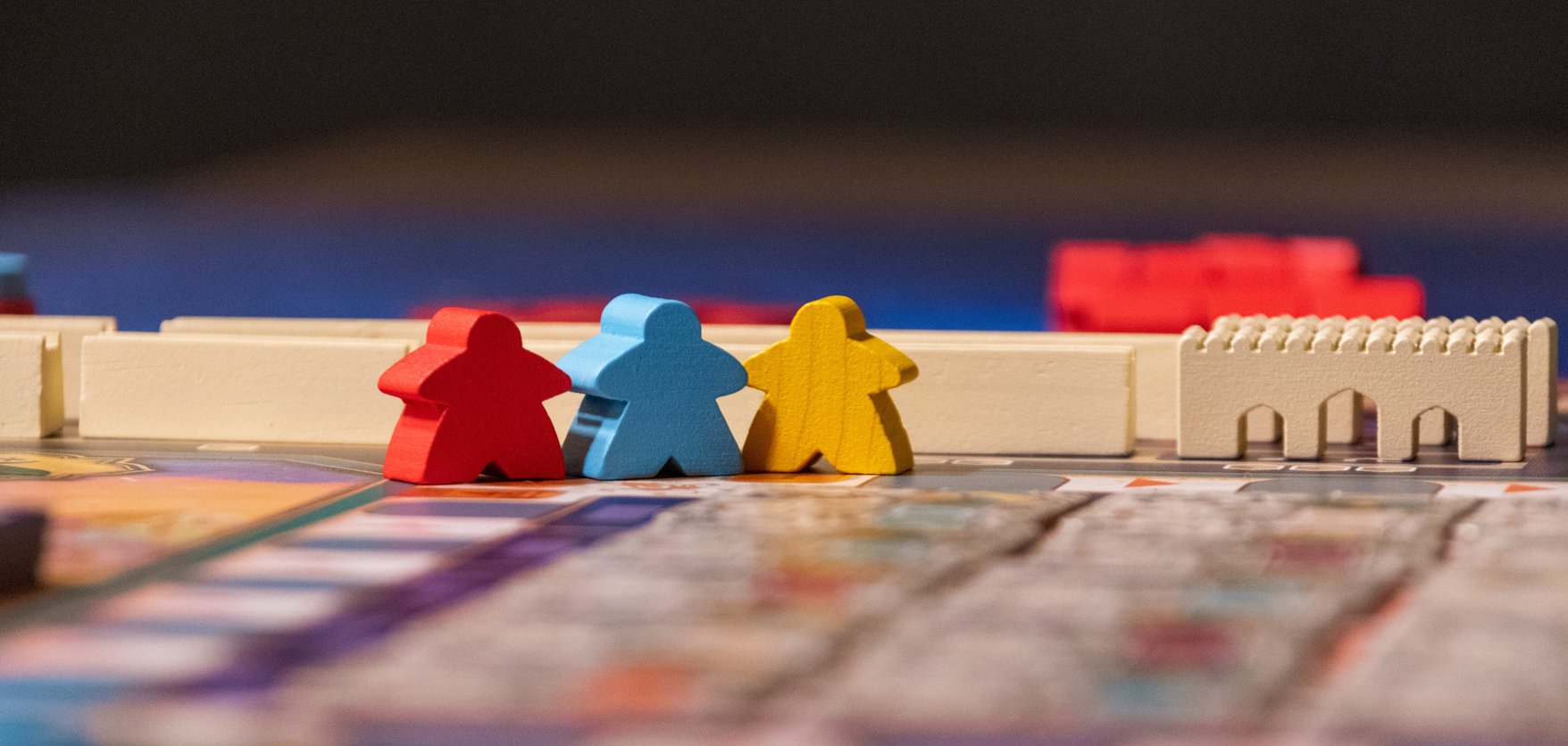
When was the last time your team had a health check?
Skilled people are spoilt for choice in today’s job market, and never more so in digital than right now. As brands battle it out to win a shortage of tech talent, the Great Resignation is seeing talented people move on for better opportunities and culture, en-masse.
This means that, while tech skills are important as a digital leader, it’s the human skills that really matter: nurturing your team, ensuring they’re happy and motivated, and driving lasting change when they’re not. After all, a happy team is reportedly 20% more productive.
So how do you actively nurture and retain your team? In today’s remote working environment, we’ve lost the natural morale gauge that once came from being together physically; now it’s time to get intentional.
Getting intentional with health checks
Health checks are a great place to start nurturing your team, but they’re not all created equal. A great health check should be regular (at least quarterly) and encompass all of the following:
Psychological safety
It’s easy to give (and receive) positive feedback, but teams need a safe space to open up on what’s not going well. Communicate that both sides are equally valuable, and that positive change starts with honest sharing.
Respectful environment
Extroverted team members can have a tendency to dominate the conversation, but they only tell part of your team’s story. Ensure a level playing field and equal platform for all, to obtain honest feedback across the board.
Fun
Giving honest feedback can be difficult, and even more so when the process feels like a chore. Making it fun will foster an engaged team, and an environment where team members are more comfortable speaking candidly.
So, how do you tick all three boxes? Our Principal Consultant Paul Boca likes to turn his health checks into a game. It all starts by downloading the Kahoot! App (or the self-led gaming app of your choice!), and off we go!
The Kahoot! health check game
Kahoot! is a simple but effective game-based learning program that all ANDis become familiar with during onboarding. It’s fun, it’s psychologically safe (allowing anonymity) and it enables honest feedback, without the discomfort of physically speaking up.
There are no set rules, but this is how we like to play:
Round one: Polls
Kahoot! polls are simple, effective, and a clear visual representation of the team’s feelings. Each question in your health check can be set as a poll, with answers structured as “traffic lights” to represent:
Green: Things are going well, without much room for improvement
Amber: There’s some room for improvement here, but there are positives too
Red: There are a number of critical issues and urgent action is needed
And a fourth option, for team members who are brand new and still forming opinions:
Blue: No idea/not applicable to voter
The fourth option avoids results being skewed by newbies hazarding a guess. Of course, if there are more “no idea” responses than informed answers, this suggests a gap in team knowledge that should be addressed, with an information refresh post-health check.
Responses to your poll questions should be snappy, to capture immediate reactions and feelings - so we suggest a time box of one minute per question. Here’s an example of how a poll health check looks in action:
And here's how those anonymous responses might look:
Round two: Providing a narrative
While polls are great for getting a feel for what’s going well (and what isn’t), they don’t provide context on the “why”. For example, you could have numerous people opting for Amber on the same question, but each may be identifying completely different issues that hold the team back from being Green.
To address this, round two asks each participant to provide a few words on why they chose their response. Kahoot! helpfully keeps things concise, with a 20 character limit, and can then display the group responses in a Word Cloud. This one takes a little more thought than a gut reaction poll, so we suggest allowing two minutes for response.
Round 3: Brainstorming
You’ve got your team’s thoughts on how things are going, and why they feel that way. Round 3 now gives them the opportunity to suggest a way forward. After all, your team is living with the issues raised on a daily basis; and they’ll no doubt have their own ideas on a resolution. Some may not have any suggestions, and that’s fine too. Another two to three minutes is usually enough to capture ideas.
Round 4: Voting
You’ve rounded up insightful ideas to take forward, now it’s time to assign immediate focus on those that hold most weight. Invite your team to vote on submitted ideas, then take the most popular forward. Your Team/Delivery Lead can focus on how to progress these ideas post-health check, and provide updates to let the team know issues are being addressed.
- Meta-level feedback
As teams mature, there is scope to extend the game further: asking participants to suggest areas they’d like to cover in future health checks. Asking the team what they thought of the health check itself can be valuable too.
The Health Check Game in action
Meet our fictitious Kahoot! team:
Like yours, the team consists of different roles and experiences, but they’re all united by one thing: interactions with their new manager.
The new Engineering Manager comes from a background of top-down decision making. They’re used to “calling the shots” and enforcing change without input from those it affects. Meanwhile, the team needs a participative and open learning environment to feel content at work. They don’t currently feel safe asking questions, making mistakes or seeking help.
The team are asked if they feel like Pawns or Players, here’s how their feedback might look:
With constructive feedback on how to improve the situation, our fictitious team eventually votes for the Engineering Manager to spend time with them to build mutual trust.
Now it’s over to the Delivery/Team Lead to make this happen!
Extendability
Talent retention isn’t just a challenge for tech teams; the Great Resignation is seeing skilled people re-evaluate their options across the board. It’s critical that leaders find a structured way to foster happy teams in all sectors, before issues turn into resignations. Get started on your next health check with these 13 focus points, which can be fully adapted and tailored to your team needs.
Need some help driving fun, psychologically safe engagement in your team? Talk to our Consulting team today.

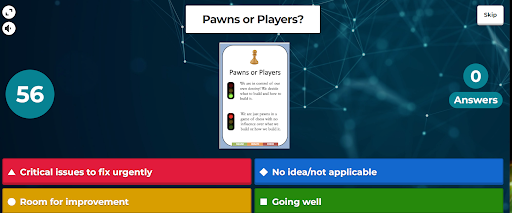
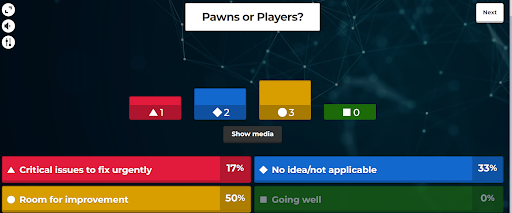
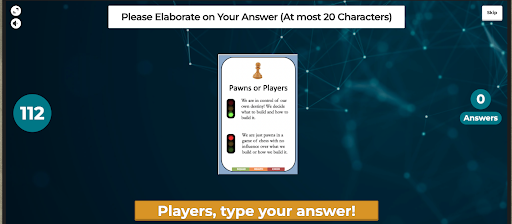
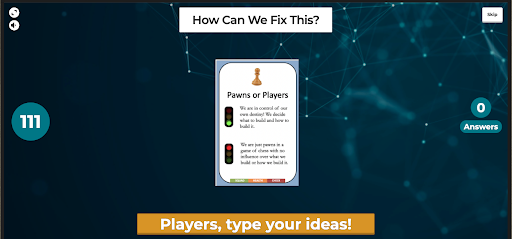
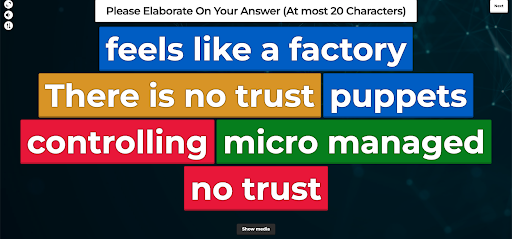

.png?width=564&height=348&name=Updated%20AND%20WE%20LEAD%20slide%20(1).png)

